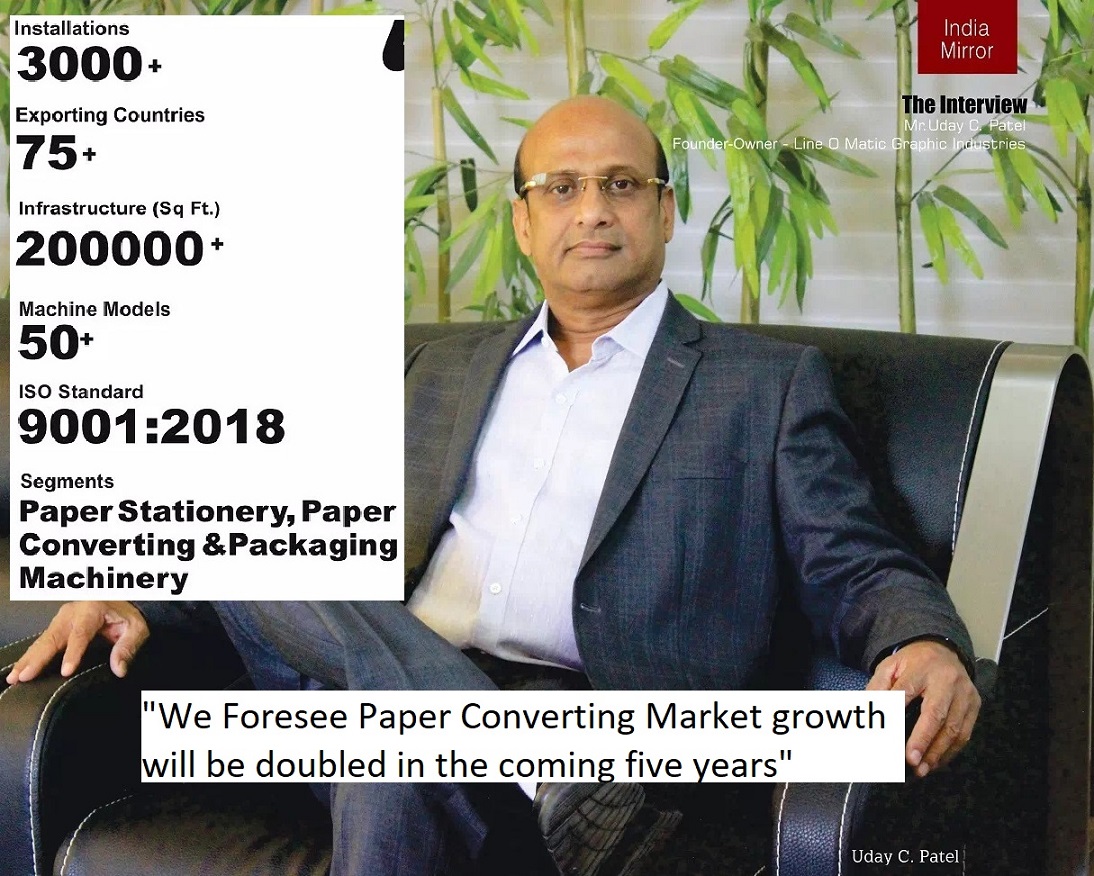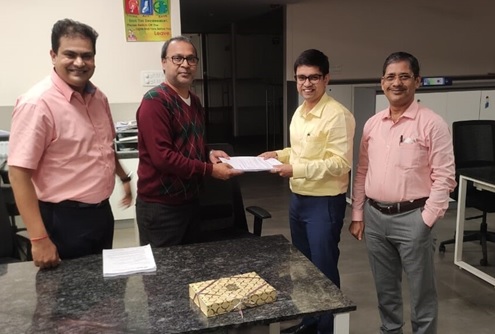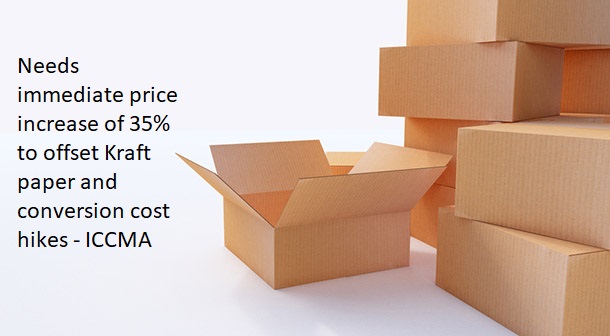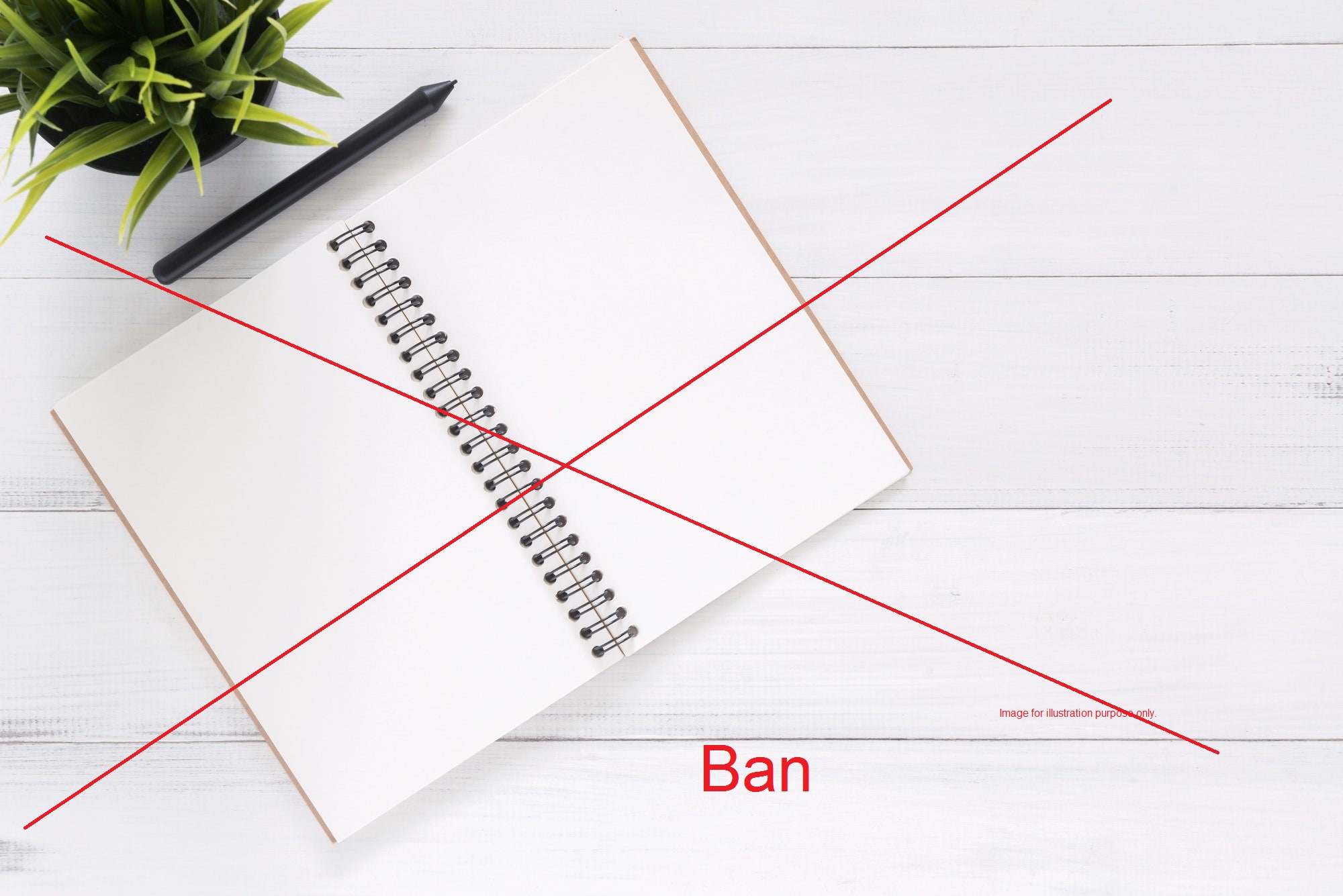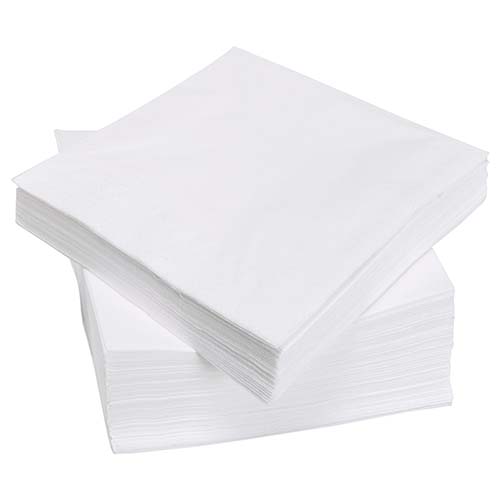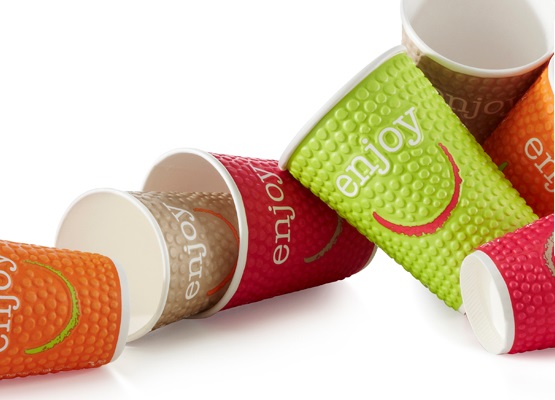Fruit growing in a 'Paper Bag' is increasing farmers' income, awareness can increase consumption
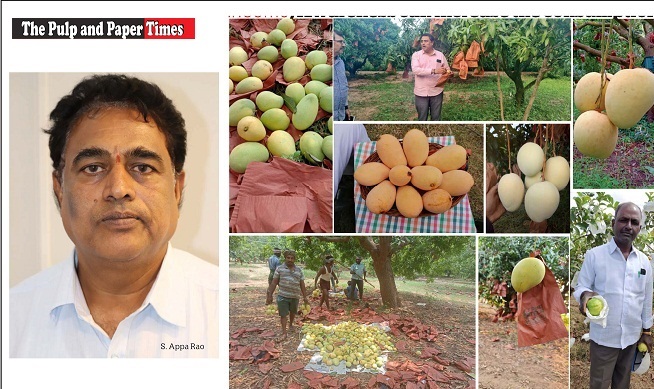
Fruit growing in a 'Paper Bag' is increasing farmers' income, and awareness can increase consumption
- Fruit Wrapping Paper Bag works as a paper shield to protect the fruits
- These bags enhance fruit productivity by 50%.
- there is no need to spray pesticides or chemicals to protect the mango fruit after wrapping it in a bag.
November 2022 | The Pulp and Paper Times:
Paper is a widely accepted raw material in many non-paper applications such as food, pharmaceutical, textile, electrical, etc. Aprat from Agro forestry, Paper is also contributing in agriculture as fruit growing bags, which enhances fruit production and thus farmers' income.
Fruit Growing Bags are generally made from all-wood pulp paper, widely used in vineyard, backyard, orchard and farms to Fruit Nursery. Bagging fruit is an organic method to Protect Fruit from insects and disease without chemical pesticides or pheromone traps.
Fruit-Tech Solution’s (FTS) Fruit Growing Bags provide a protective layer to prevents pests, especially fruit flies. They would also ensure Protection of Fruits from scratches and scars, making the fruits spotless. FTS is specialized in producing varied patterns Paper Bags for Fruits, vegetables and flowers, including but not limited to pears, apples, grapes, peaches, mangos, bananas, guavas, pomegranates, loquats etc...
Talking to The Pulp and Paper Times, Mr. S. Appa Rao, CEO of Fruit-Tech Solutions Pvt. Ltd. informs about this innovative fruit growing technology, he says, “The Fruit Wrapping Paper Bag works as a paper shield to protect the fruits from female file laying activities, latex burns, and fungal spots. This fruit growing bags are showing productive and enormous results in enhancing fruit productivity. The Fruit Wrapping Paper Bag which is also called Cosmetic fruit Growing Bags,”
Fruit Bagging has become integral to apple, pear, grape, and loquat cultivation in Japan, Australia, China and the USA.
“This mango fruit protect bags increases the crop yield and brings more income to the farmer. According to our study, these bags enhance the fruit productivity by 50%. This growing bags Harvest the fruit after 50 to 70 days of wrapping, and increases the size of fruit by 25% to 30% and fruit becomes more juicy and export quality” Mr. Rao said.
Mr. Rao further inform that Normally, Mango fruits used to sell at INR 30000 Per ton, fruits from this bag technology attracts higher price of INR 70000 to 80000 per ton in the market.
Uses of Mango Fruit Wrapping Bags:
- Prevent Sunburn of growing Mango Fruit caused by irradiation by sunlight.
- It acts as shield to the fruit and protects it from winds, rain, and all type of negative weather conditions.
- This bag improves the texture of the fruit and longer the shelf life of the fruit and fruit stays fresh for 10 to 15 days.
- The fruit which are grown using the protective bags don’t get affected by the environment and develop good color, bigger size, and have balance fructose.
- The bagged mango fruit have smooth skin and are suitable for exports because they have a more ripened and beautiful color.
- The bagged mango fruits tend to grow 30% more in weight because of less evaporation of fruit solids.
Uses of Banana Growing bags :
- Should be tied to the branch of the Banana bunch.
-The bagged bunch can be harvested 75-90 days after bagging.
-Clean the Banana bunch before bagging with PPE bags.
Although laborious, it is cheaper, safer, easier to do, and gives you a more reliable estimate of your projected harvest, Mr. added, “the cost of wrapping bag is INR 2 per piece while labour charge to wrap the paper bag around fruit is around INR 2”
Mr. Rao says that there is no need to spray pesticides or chemicals to protect the mango fruit after bagging. Fruit Bags can used for Guava, Banana, Pomegranate, Grapes, Apple, Dragonfruit, Kiwi and many more. Fruit-Tech Solution converts around 200 tons of paper monthly for growing bags, which is imported from different countries.
Web Title: Fruit growing in a 'Paper Bag' is increasing farmers' income, awareness can increase consumption




 Join WhatsApp Group
Join WhatsApp Group Join Telegram Channel
Join Telegram Channel Join YouTube Channel
Join YouTube Channel Join Job Channel (View | Submit Jobs)
Join Job Channel (View | Submit Jobs) Join Buy Sell Channel (Free to Submit)
Join Buy Sell Channel (Free to Submit) Paper News Headlines Channel (Free to read)
Paper News Headlines Channel (Free to read)




